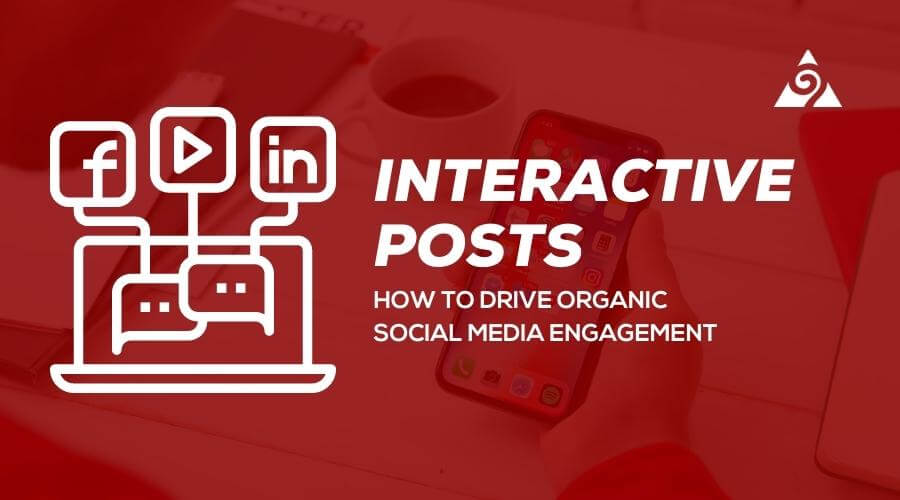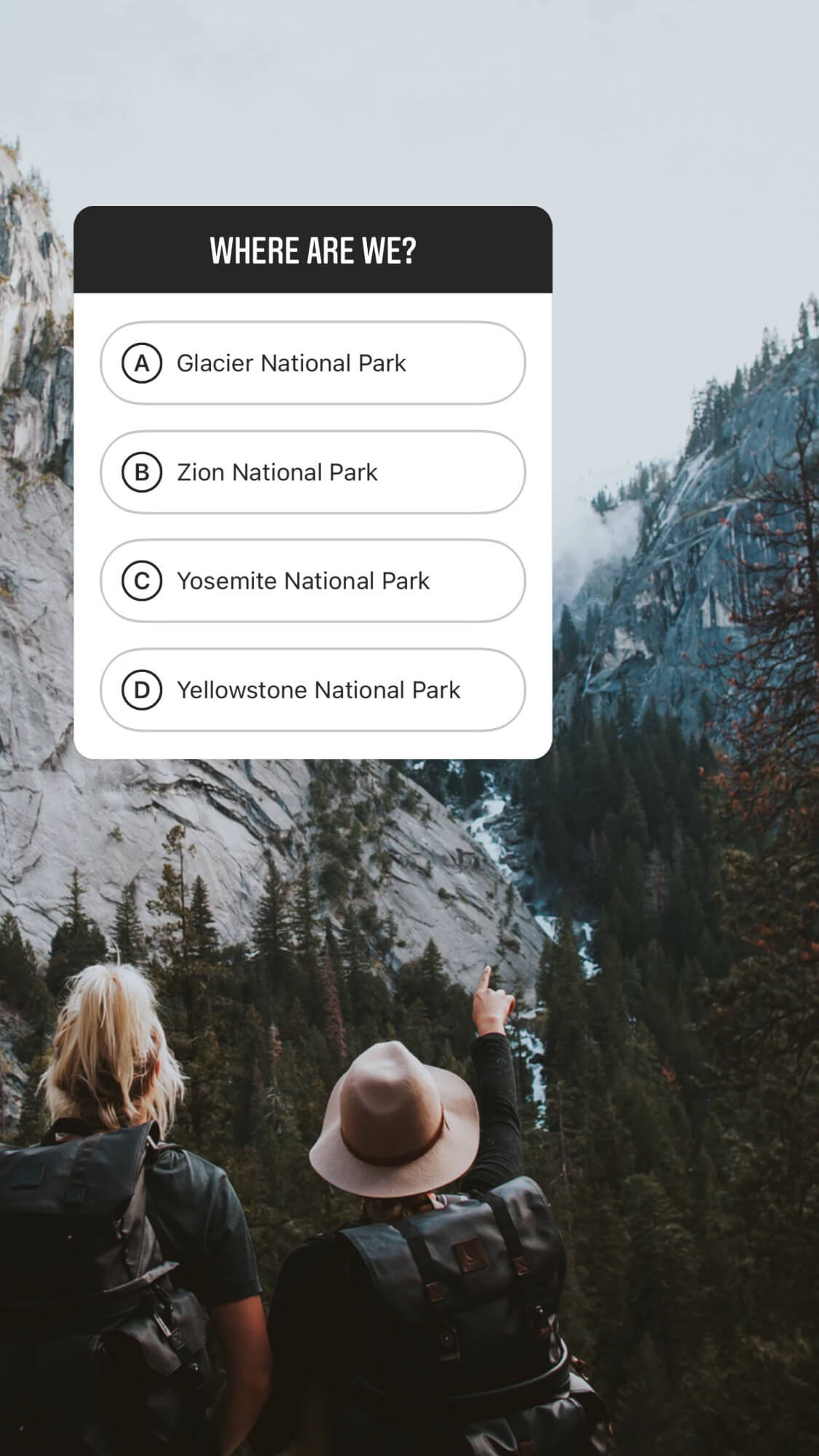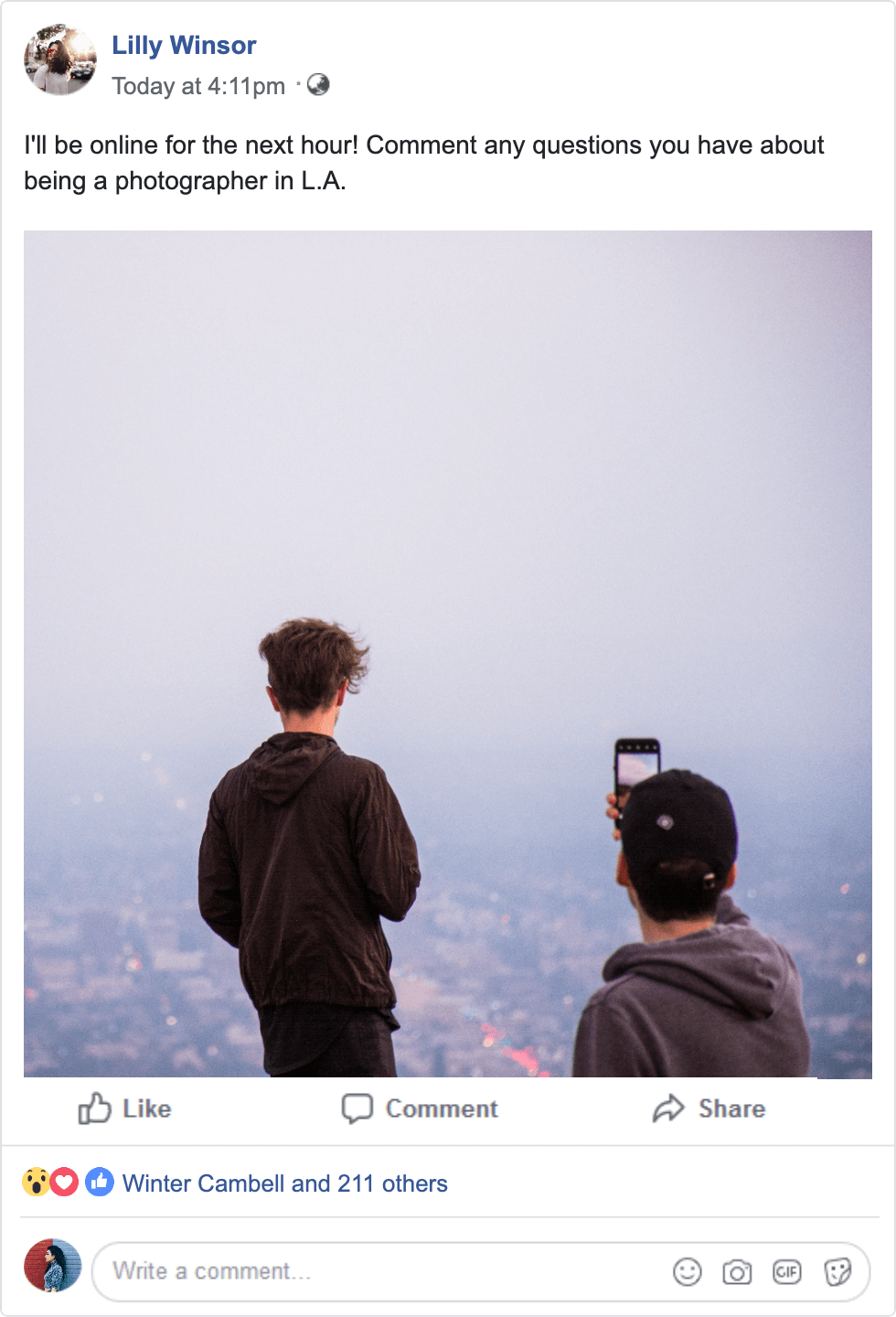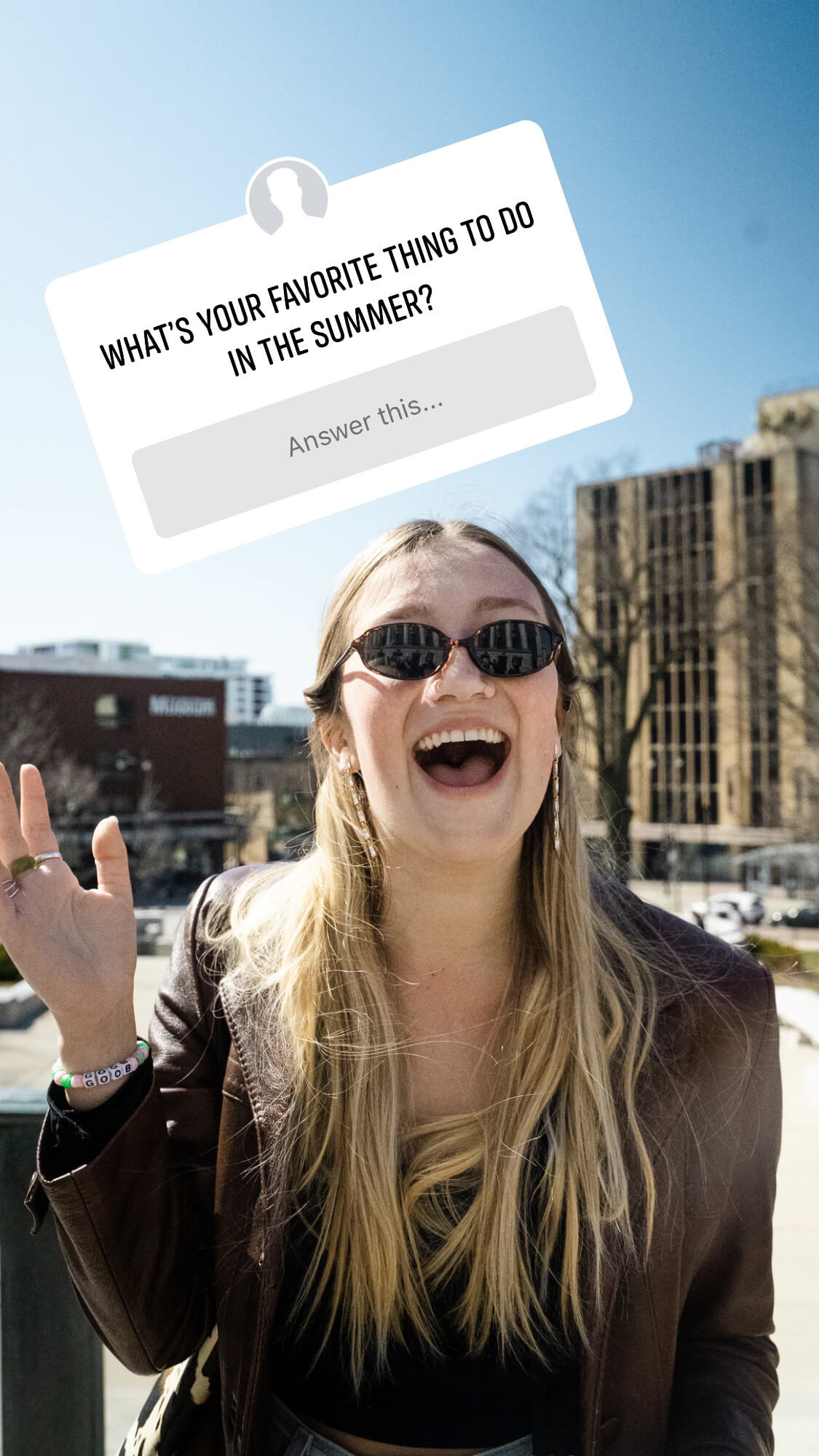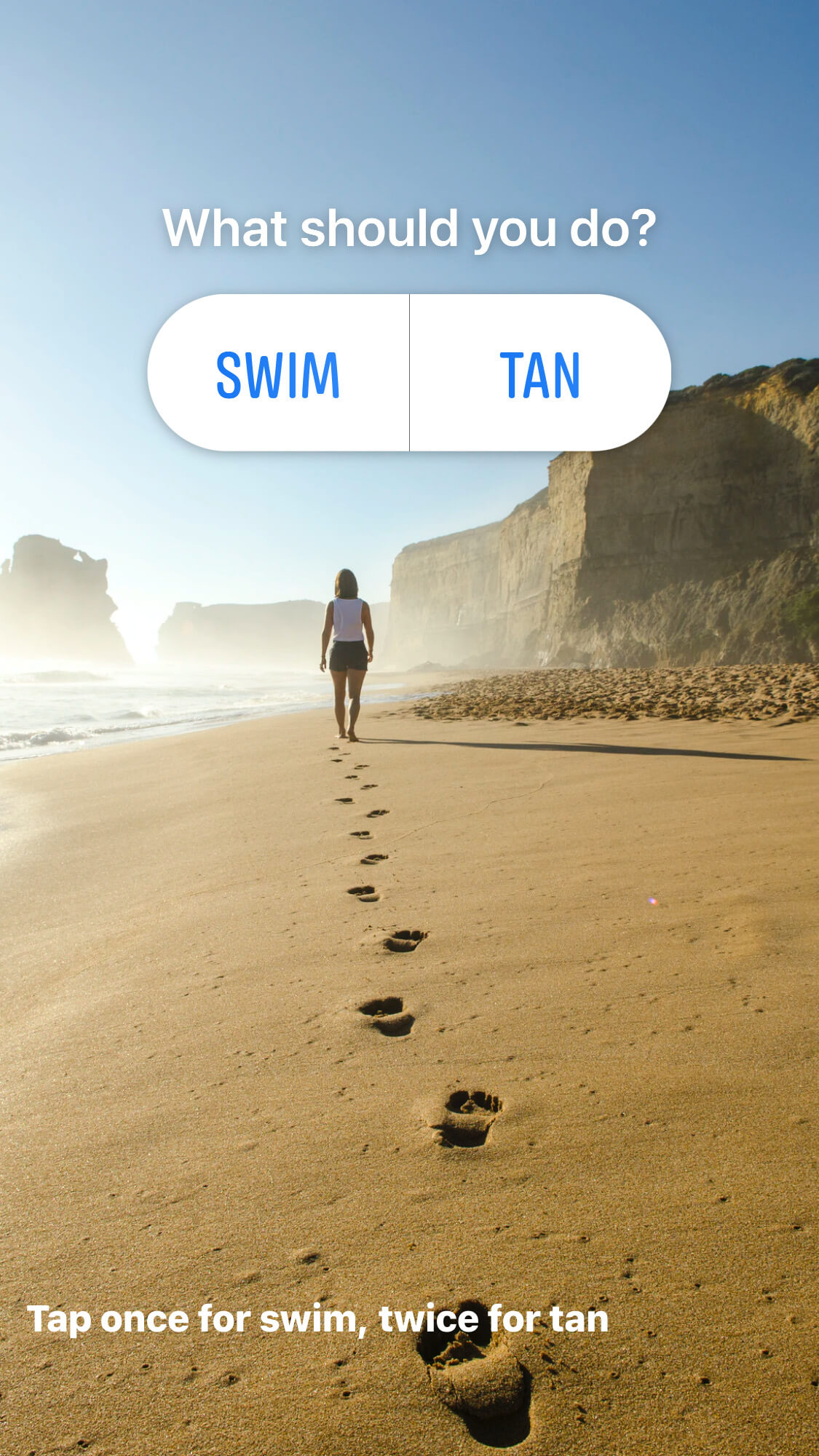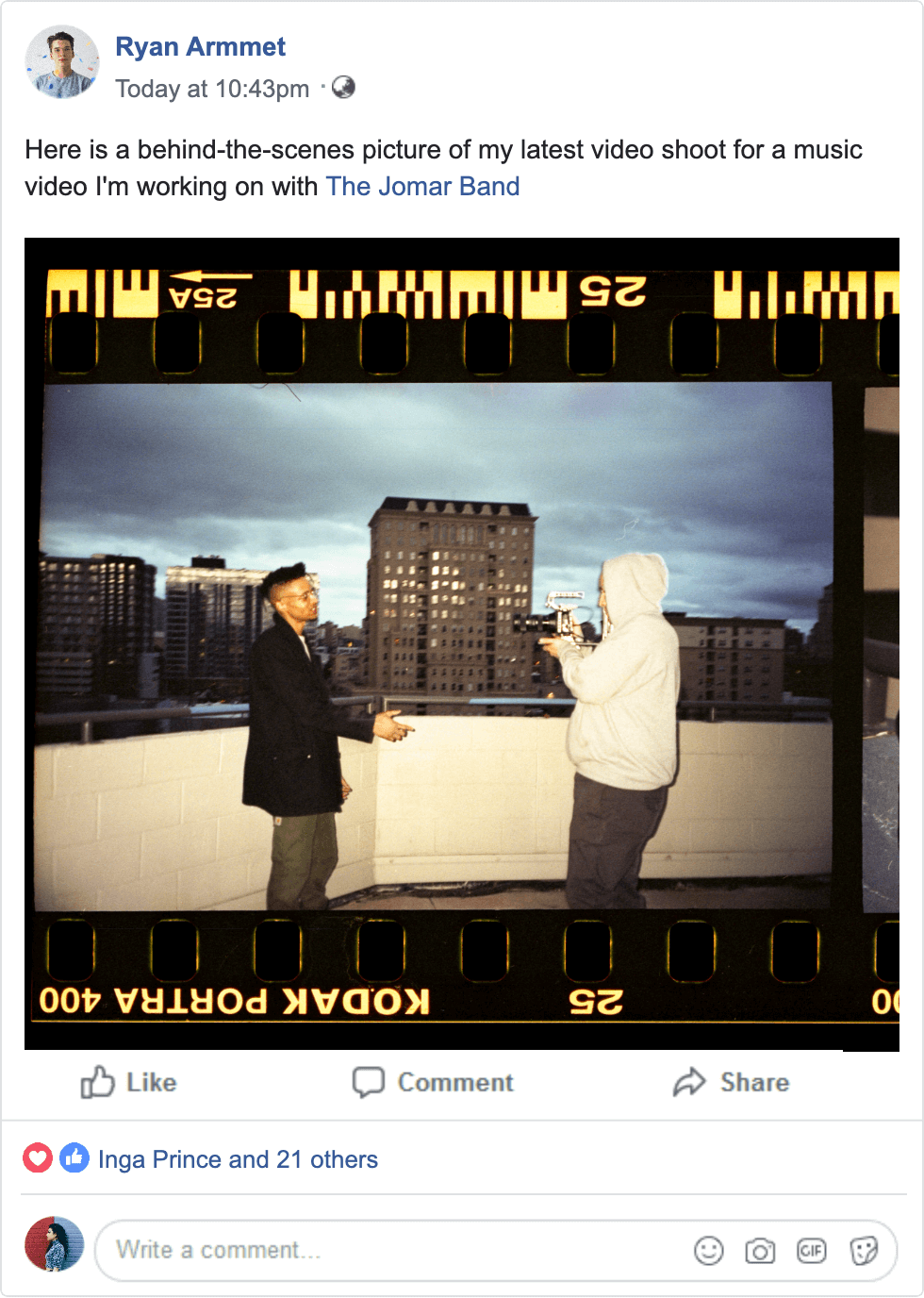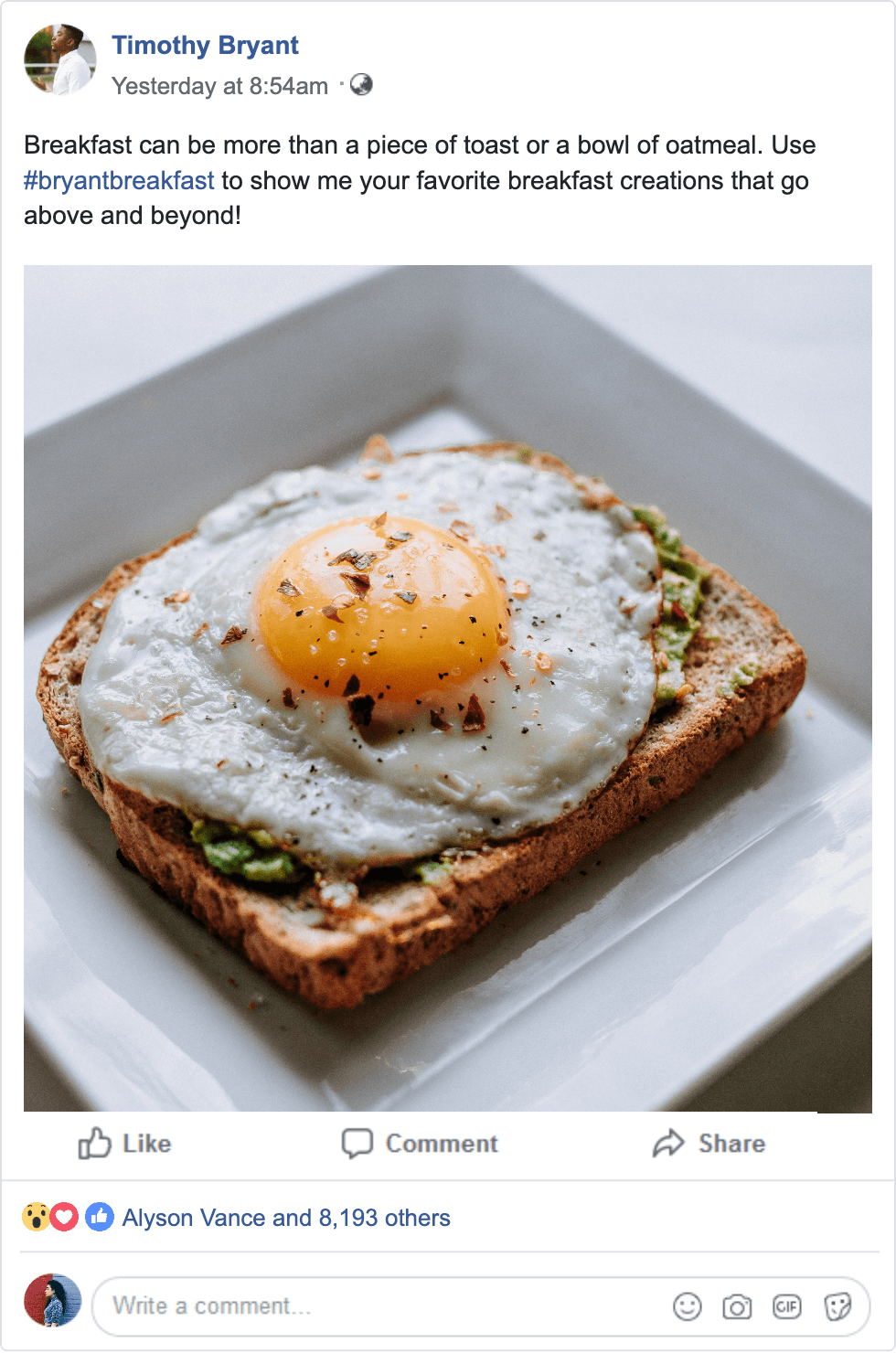Social media is a vital part of today’s culture. People and companies use it to try to get as many views or likes on their posts as possible, but maintaining an active follower base is difficult. To solve this, interactive posts give them a different way to interact with content. Rather than only viewing or liking it, users can engage with it directly.
Interactive posts can add diversity to the content an account puts out, especially with all the different kinds of interactive posts that can be created. These types of posts can also reveal characteristics of an account’s audience that were not known before by seeing what they get out of the post.
If you are looking to drive engagement with your audience and increase social media influence, then interactive content should be heavily considered to be implemented in your social media strategy.
What is an Interactive Post?
An interactive post is a two-way experience. The usual social media posts you see on your feed, also called static social media posts, are posts that someone views and can interact with however they want. It is a one-person experience that only the viewer controls.
Interactive social media posts are posts that someone views and are incentivized to engage with. The viewer either does what the post tells them to do or fulfills the creator’s engagement intentions like sharing a hashtag. The content creator gets real engagement, while the audience is entertained and gets satisfaction.
Whether personal accounts or business pages, every social media account needs engagement to stay relevant, specifically with its current audience. Social media users follow accounts for a reason, but if there is no engagement, then the quality of the follower diminishes to basic likes and views. Eventually, this can lead to an unfollow and disregard for the creator. On the other hand, interactive posts enrich a follower’s experience, showing that the account cares about its audience’s opinions and time.
Social media platforms like Facebook, Instagram, Twitter, and LinkedIn have optimized post settings that make it easy and convenient to create interactive posts with several formats to drive different kinds of engagement. By mastering interactive posts, you can retain your current audience and draw in new people with personable posts.
Interactive Social Media Post Ideas
There are several different types of interactive posts that you can use. Facebook can support almost any kind of interactive post, so it will be used in the fun interactive posts below. Most interactive posts can be used across many social media platforms, but some are better used on specific platforms than others.
- Polls
- Quizzes
- Tell Them What or How to Comment
- Q&A
- Live Video
- Pose A Question
- Sweepstake
- Choose-Your-Own-Adventure
- Behind the Scenes Post
- Account or Event Hashtag
Before making an interactive post for social media, always define why you are posting, what you are getting out of the post, and what followers and viewers are also getting out of it. Don’t just try to increase the number of comments and likes. Here are a few interactive post ideas that can jumpstart your increase in engagement online.
Polls
Polls are an effective way to get your audience’s opinions. A question or statement can be put forward, and the audience has a few choices to choose from. It is effortless for the audience to interact with it, making it one of the best engaging posts on social media.
The poll can be on an array of topics like pop culture, content decisions, or really anything the creator wants. If polls are used regularly, make sure to shuffle what kind of poll it is to incentivize people to respond to multiple polls without being tired of them. If there is a lack of engagement, rethink the type of polls you put out and why someone would answer the interactive social media post.
Polls can be made in Facebook’s app using the Story posting option. Facebook and Instagram Stories are essentially the same thing and the easiest way to create an interactive post for a Facebook page. You can upload a picture or video, either pre-recorded or current, and place your poll. It’s best to keep the question and options short as there is a character limit and only two options to make and choose from. After the poll is done, the creator can post the results and react to them.
Quizzes
Similar to polls, quizzes are easy to answer, but they require some more thinking. It challenges the viewer to get something right that the creator put out. If the viewer gets the answer wrong, this incentivizes them to look at the creator for answers, resulting in a relationship between creator and viewer. This then can translate to more engagement in the future. However, be careful not to make the questions too hard. Too many wrong answers could sway people not to partake in future quizzes or interactive content.
Quizzes can also be done on Facebook’s Story. While it also has a limited character count, you can create up to four options for the viewer to choose from. The viewer will see if they got it right after answering the question, and if they get it wrong, they can see the correct answer. The creator can then make an explanation post for the answer to bring it full circle.
Tell Them What or How to Comment
This is one of the best social media posts you can do to drive engagement on any platform. You can post a regular post but include how or what the audience should comment in the caption. It can be as simple as telling them how to answer a question or what they should write.
For example, if you are looking for a reaction to the post, ask them to describe how they feel but only using emojis. Emojis are an easy way to express emotions without writing out a long explanation. Make sure to include an example of how to answer. You can do this in either the caption or as one of the first commenters. It’s important to like some of the comments to show that you saw and appreciated them.
Q&A
This is one of the more fun interactive posts that allow the audience to talk directly to the creator. The creator gets asked questions from their audiences, which opens the door for what the audience actually wants to know. The audience can easily get attention from the creator and learn something they’ve always been curious about.
A live Q&A on Facebook Live can be a great way to get raw reactions to questions. It gives the audience a more personable feel from the creator, but it could also be intimidating and not super polished. A simple alternative to a live Q&A is having the audience fill out a linked form or comment a question on a post. Then the question can be answered in a pre-recorded way. This can be more efficient and allow more time to answer more questions.
Live Video
While this is not a post, live videos are the definition of social media interactive posts. Real time, unfiltered content is a direct lens for the audience to see the creator. Of course, the creator can interact with the live chat or do its own agenda, but it’s best to acknowledge at least some of the messages coming from the chat.
Platforms like YouTube and Twitch have this heavily integrated into their systems, but Facebook and Instagram also have a fair share of live content. A whole team could be running the live stream, or one person can click the “Live” button and handle the stream themselves. It mainly depends on the volume of followers and the style of live video.
Pose A Question
Asking the viewer a question is a great way to increase the number of comments. The question can be asked in a video format or the post’s caption. The question can relate to the picture or video post, or it can be a question that is connected with the account’s general content. Tell the audience to respond to the question in the comment section.
It’s like using quizzes and polls, but a creator can engage more with this. If someone comments an answer, you can respond to that comment and have a direct response to the person answering the question. Do the bare minimum by liking as many comments as you can for people who appropriately responded to the question.
Sweepstake
A sweepstake or contest catches the eye of anyone that views the content. It is a transactional post where the creator wants to give back to their audience. The creator can tell the viewer to follow certain instructions like following and commenting to be put into the drawing.
This is the most expensive type of interactive post that can be done, and there is the potential of controversy that can follow if it seems rigged or fake. If a creator does a sweepstake, they should confirm that the winning prize is something a follower would want and easy to send to the winner. Also, make sure to tell the audience that a winner has been chosen, and ask for permission to reveal who won the sweepstakes.
Choose-Your-Own-Adventure
If you are willing to put in some work, a choose-your-own-adventure story post, also known as tap-to-choose, is a unique way to make an interactive social media post. You post in Facebook Story in pictures with each picture having a choice. Whatever choice is chosen, instruct them how many times they need to tap or scroll to get to the next part of the story.
While it’s a fun interactive Facebook post idea, it requires a lot of foresight and planning to pull off. It can be too confusing and sway people not to interact with the creator’s story, but the ambitious post shows that the creator cares about their content and want to stand out. Even though the audience chooses their own story, the story they make is part of the creator’s overall story, providing an interesting connection.
Behind the Scenes Post
While this is not directly an interactive post, posting behind the scenes of the account is a personal way to show trust and vulnerability to an audience. The audience can then appreciate or be engaged with the work that goes into making the content, whether that is technical or fun.
Behind the scenes interactive posts are best done in a video format. It makes it feel like the audience is there with the creator interacting in their space. Try not to overshare behind the scenes. It can take away from the actual content being created.
Account or Event Hashtag
This is a more complicated interactive post to do than the others. Creating and having an audience share a hashtag mainly works for creators with many followers. A creator can create a hashtag that is unique to their account or the posted post. Then, the creator can tell its audience to use the hashtag in the same way.
It is hard to track the engagement and influence of a hashtag because it can be used for several different reasons. The best way for a hashtag to be effective is to include the account’s name. Then, people can always see what the hashtag is about. In general, it’s best to follow trends and hashtags to get the most organic traffic.
How do you Drive More Online Engagement?
Interactive posts and hashtags are not the only way to effectively engage with and reach your desired audience on social media and online. Instead of relying on the luck of social media algorithms to decide if people see one’s content, drive more engagement by strategizing where and how to reach new audiences beyond other social media marketing.
Diversify Styles of Social Media Content on Other Platforms
Posting different styles of content on different platforms can help convince people to follow you on more than one platform. The style needs to take advantage of the popular form of content on the platform. For instance, Twitter is primarily written content, while Instagram is meant for sharing pictures. Even though you can post videos, pictures, and captions on both platforms, each has a primary function that rewards people that follow its formula. However, platforms like Instagram have parts like Reels that mainly support video content.
Blogs
Even though blogs seem to be arbitrary in the social media space, it is an effective way to help guide people to a product or service or simply to a website. When people go to a blog that’s on a website like a store, there is a high chance of engagement with other parts of the website like the landing page. A blog does not need to directly relate to the website or products on the website either, but it should have a loose connection to other things on the website.
Content marketing specifically helps with the strategy of making a blog post naturally blow up on Google. The way a blog post is written and formatted can determine the number of people who visit it without other kinds of promotion. A single person can compare their blog to competitors to make it rank high in search results. On the other hand, a small business should either buy expensive digital marketing software or hire an agency to help content strategize.
SEO
Like content marketing strategy, Search Engine Optimization (SEO) focuses on taking advantage of how Google and other search engines are programmed. SEO strategizes how to make a page pop up near the top of the search results. Keywords that show up on a website generally help increase the site’s ranking. Google supplies a few tools that can help with this, but an agency or SEO analyst has the expertise to apply SEO effectively.
SEO is data-driven, making it less of a guessing game and providing actionable insights. For example, it can be used to accurately target audiences to interact or buy something from the website. SEO analysts and agencies can also help change and optimize a website to perform and attract more visitors.
Reach More People Organically through Content Marketing and SEO with Augurian
Interactive posts are an effective way to engage with an audience on social media. It goes against the individual experience of social media and allows a creator to interact with their audience. It is not a guaranteed way to increase followers, likes, or comments, but it adds diversity and intentionality to a posting feed.
Online engagement is difficult to get, but it can be achieved through the help of agencies like Augurian. Augurian has Content Marketing and SEO services that can help organically grow your brand’s reach and influence online. Explore more of Augurian’s services on our website and more marketing content on Augurian’s blog.
- What Is AEO? How SEO And AEO Work Together - October 21, 2025
- What Is Evergreen Content? How Evergreen Marketing Works - March 11, 2025
- How Might A Business Use A Blog: 10 Marketing Benefits - April 19, 2023
